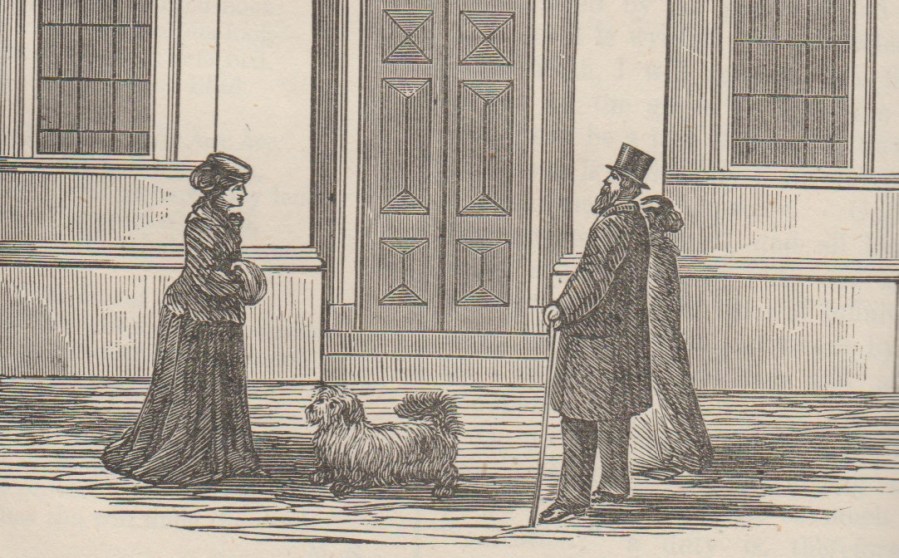Robert Spears was a tireless propagandist for Unitarianism in the second half of the nineteenth century. One of his projects was the establishment in 1856 of The Christian Freeman, “a monthly journal devoted to religious, moral and social progress”. One of the novel features of this was that, from 1866, it was illustrated, at least to the extent that every issue carried an engraving of a Unitarian church or building. In January 1866 the editor promised that “during the present year our readers may expect in our pages every month one engraving at least of our largest churches.”
I have a bound collection of volumes 10 to 12 and in them most of these illustrations seem to have been produced by the same artist, although one is provided by the architect of a church (Southampton) and one other is signed ‘Macintosh’ which may be by a different engraver.
Most of the illustrations are exterior views and although Robert Spears promised “our largest churches” he didn’t stick to this and gives pictures of smaller congregations such as Pudsey, Styal or Dewsbury. Some of the churches illustrated are long gone, fallen by the way as congregations have closed or moved to newer premises or were destroyed in the blitz or by 1960s developers. But these illustrations are often very valuable because of a paucity of photographic or drawn records of the building concerned. So Matthew Henry’s Chapel in Chester lasted until the early 1960s but little survives that tells us as much about the building as Robert Spears’ engraving:
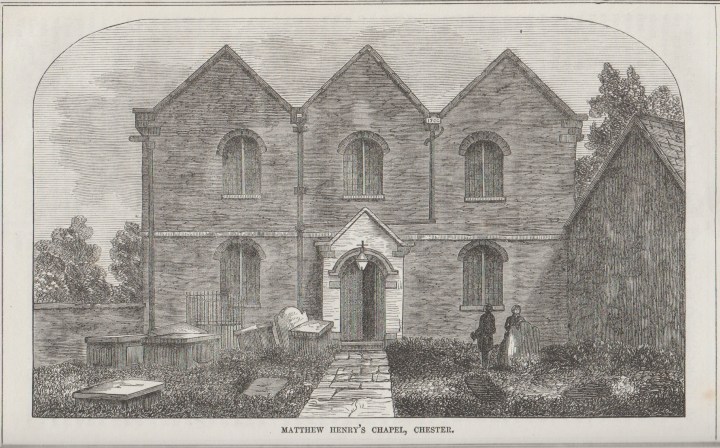
Glasgow’s magnificent St Vincent Street Church was demolished as recently as the 1980s but The Christian Freeman shows us how it was intended to appear:
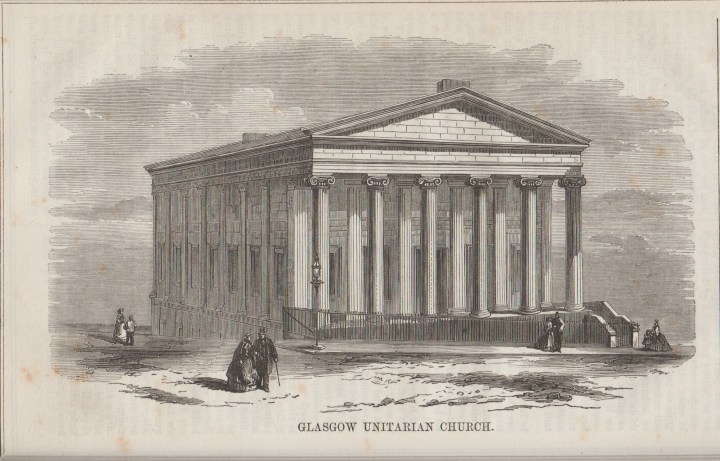
Other chapels might have survived but are still under threat, such as Newington Green Unitarian Chapel which in October 2016 was added to Historic England’s latest register of English historical buildings and sites considered to be at risk. See: https://www.theguardian.com/culture/2016/oct/21/feminism-birthplace-old-brighton-london-zoo-aviary-historic-sites-risk-endangered-english-heritage.
Interestingly then, as now, the media made a connection between the chapel and a woman writer. In 1866 it was Anna Laetitia Barbauld in 2016 Mary Wollstonecraft:
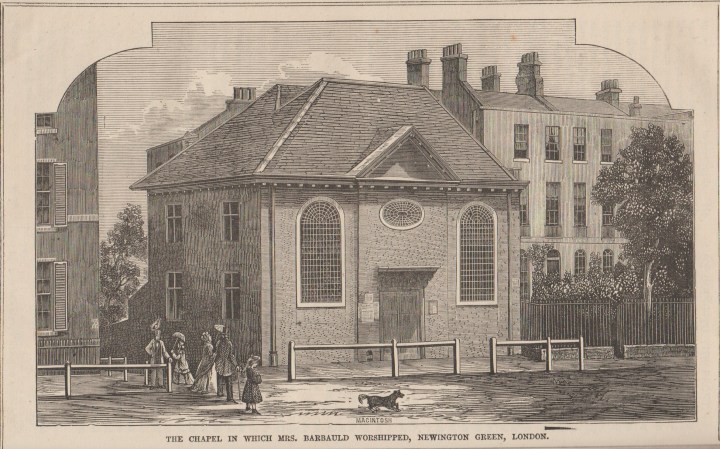
Knutsford also was identified with a particular writer in the form of Elizabeth Gaskell:

Probably the best known of the illustrations from The Christian Freeman of 1867 is that of Madras which has been reproduced many times:
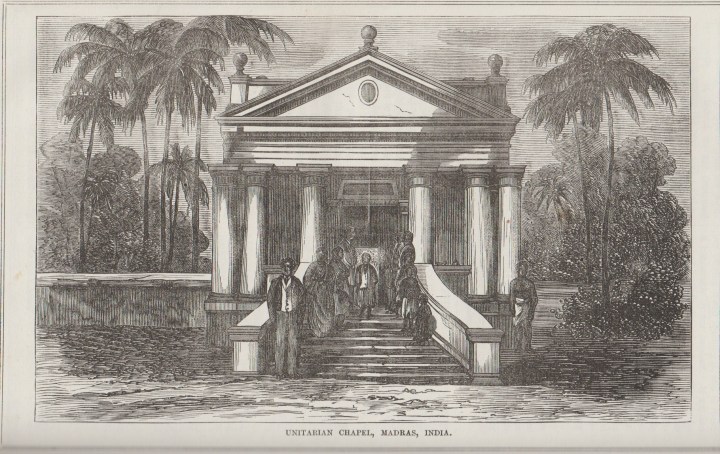
But many of the illustrations were later reprinted in Emily Sharpe’s Pictures of Unitarian Churches published in 1901. This included pictures “nearly all of them printed from the wood-blocks lent by Mrs Spears, having been brought out by her late husband, at intervals, through several years, in the pages of the “CHRISTIAN LIFE” [also edited by Robert Spears] and “CHRISTIAN FREEMAN”.
In fact the illustration of Matthew Henry’s Chapel in Emily Sharpe’s book is inferior to that published in The Christian Freeman (although see Jim Nugent’s comment below) and some quite striking pictures such as the Norwich Octagon do not appear in the 1901 book:
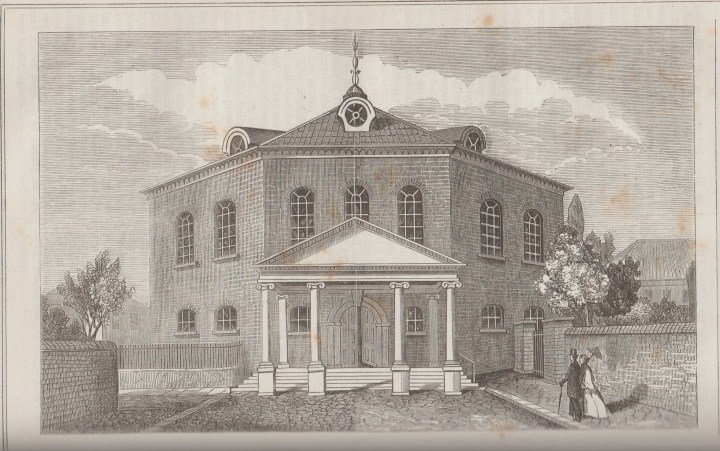
Perhaps the wooden block had gone astray by 1901?
Many of the illustrations feature figures wandering nonchalantly into view. Not always quite to scale, Quality Street couples amble amiably by, and carriages and carts heave into view. The occasional street urchin appears on the scene and dogs, never on a lead, often show up as does one man on horseback:
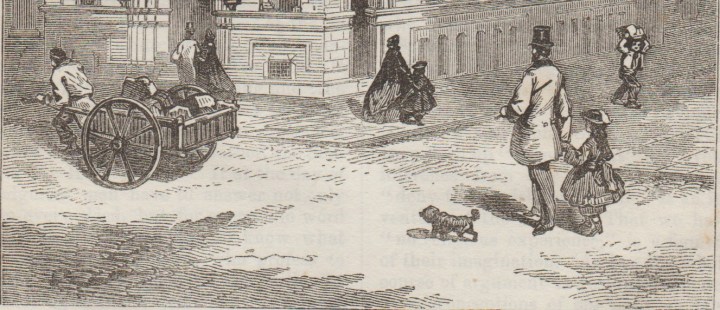
Detail from the Memorial Hall, Manchester
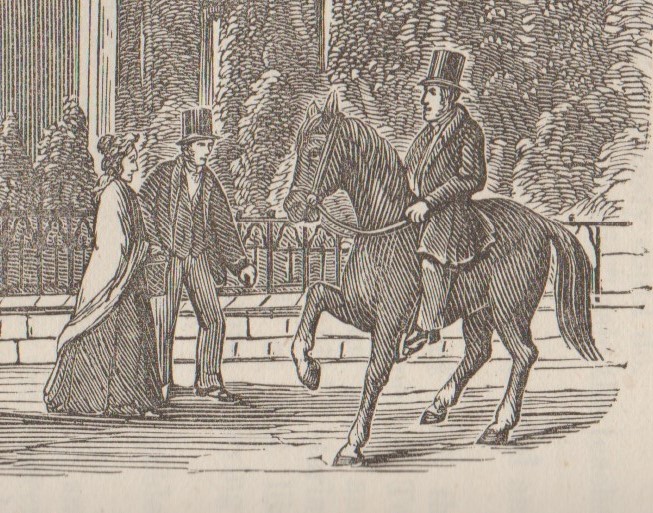
Detail from Conigre Chapel. Trowbridge
They may not all be architecturally accurate and liberties are certainly taken with some of the views but taken together they are all a charming and valuable record of Unitarian buildings.
